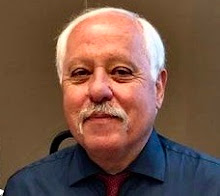In fact, asking three people on the street to define public
relations would be akin to having them describe their perception of a
sasquatch when they have never actually seen one. One might characterize a
sasquatch as a “wookie.” Another might say: “tall gorilla.” A third might reply: “wolf-man.”
Such is the case when defining public relations. Part of the
problem is all the titles that exist in public relations. In my 30 years working in public relations for several organizations, I have had 13 different titles despite the fact
that my job duties never changed.
The reality is that public relations has been defined in many different ways since the genesis of the discipline in the early 20th century, with the definition evolving along with the changing roles of public relations and advances in technology.
The reality is that public relations has been defined in many different ways since the genesis of the discipline in the early 20th century, with the definition evolving along with the changing roles of public relations and advances in technology.
One definition notes that “public relations is the
management function which evaluates public attitudes, aligns the policies and
procedures of organization with the public interest and executes a plan of
action to earn public understanding and acceptance.”
The classic definition from my text in Principles of Public
Relations is this: “public relations is the planned effort to influence opinion
through good character and responsible performance, based upon mutually-satisfactory
two-way communication.”
Now, the Public Relations Society of America (PRSA) has released the results of a crowdsourcing campaign and public vote that produced the following definition: “public
relations is a strategic communications process that builds mutually beneficial
relationships between organizations and their publics.”
I must say I like its simplicity, as well as its focus on a communications process that at its heart is strategic in
nature and benefitting both parties in the relationship.
And as most public relations practitioners will readily
acknowledge, this new definition aligns nicely with the informal description of
public relations: “doing a good job and letting people know about it.”



